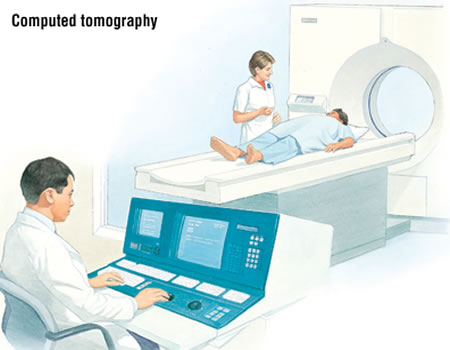Professor Obajimi, in her inaugural lecture at the University of Ibadan, entitled “Cross sectional Imaging: Slicing Without Knives, Giving Life to Shadows,” said the cost of this medical test is currently unaffordable to a large proportion of people that needs it.
The expert, who noted that CT scanning has become the panacea to head injury management, said subsidising and making this medical test affordable to all, is important to enhance quality care of all head injury cases.
According to her, “the current cost of a CT scan is high and is equivalent to 150 dollars in a country where greater than 33 per cent of the population live below the poverty line despite a Gross Domestic Product of 493 billion dollars.”
She said that current advances in treatment of head injury recommend serial follow up CT scans to monitor pressure building in the brain and other complications that might want to arise in these patients.
Professor Obajimi noting increasing incidence of head injury globally, said that this injury is a common cause of death and permanent disability particularly in the third to fourth decade of life.
She, however, said the current trend of severe head injuries from road traffic accidents, should attract urgent government attention and policy to stem the undesirable tide.
While ultrasound scans are suitable alternative to the more expensive and less accessible modalities such as Magnetic Resonance Imaging (MRI ) and CT, Professor Obajimi, urged that concerted efforts be made by Federal Government to ensure availability of ultrasound equipment in all primary and secondary healthcare facilities to maximise the benefits of this versatile imaging modality in diagnosis of diseases in Nigeria.
According to her, the exponential advancements and growth of imaging tools like CT scanners and ultrasound have become indispensable for clinical diagnosis in medicine today.
While early breast cancer diagnosis remain yet a challenge in the country, she asked for the creation of a national awareness programme on breast cancer that had an increased screening participation of women.
She also urged the provision of accessible, reliable and affordable facilities for breast cancer screening and treatment, as well as regional centres of excellence for cancer research, clinical care and training.






